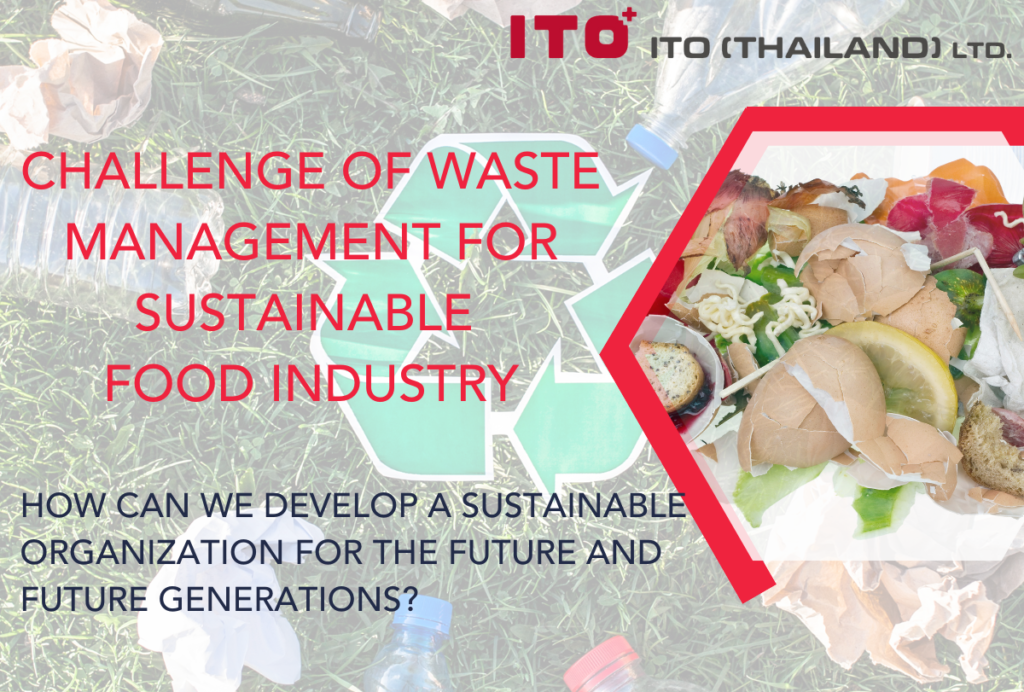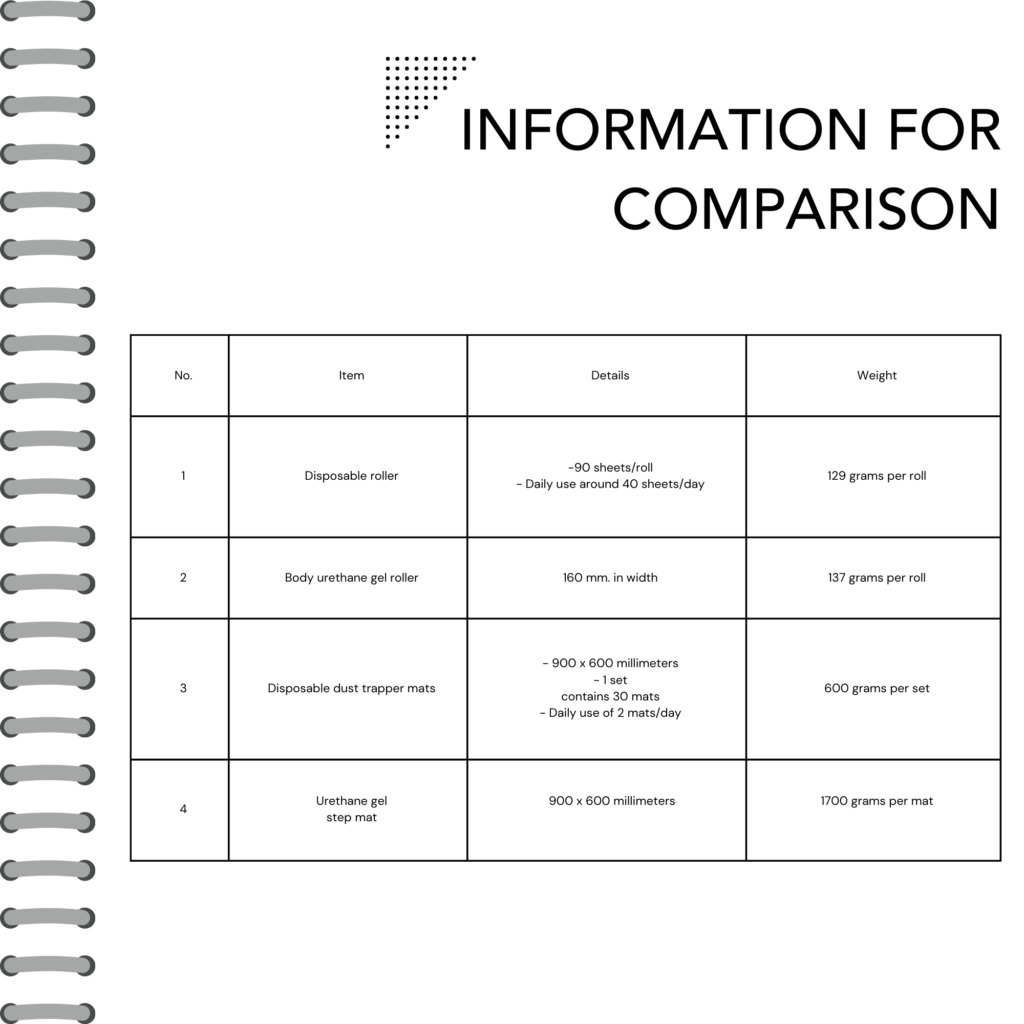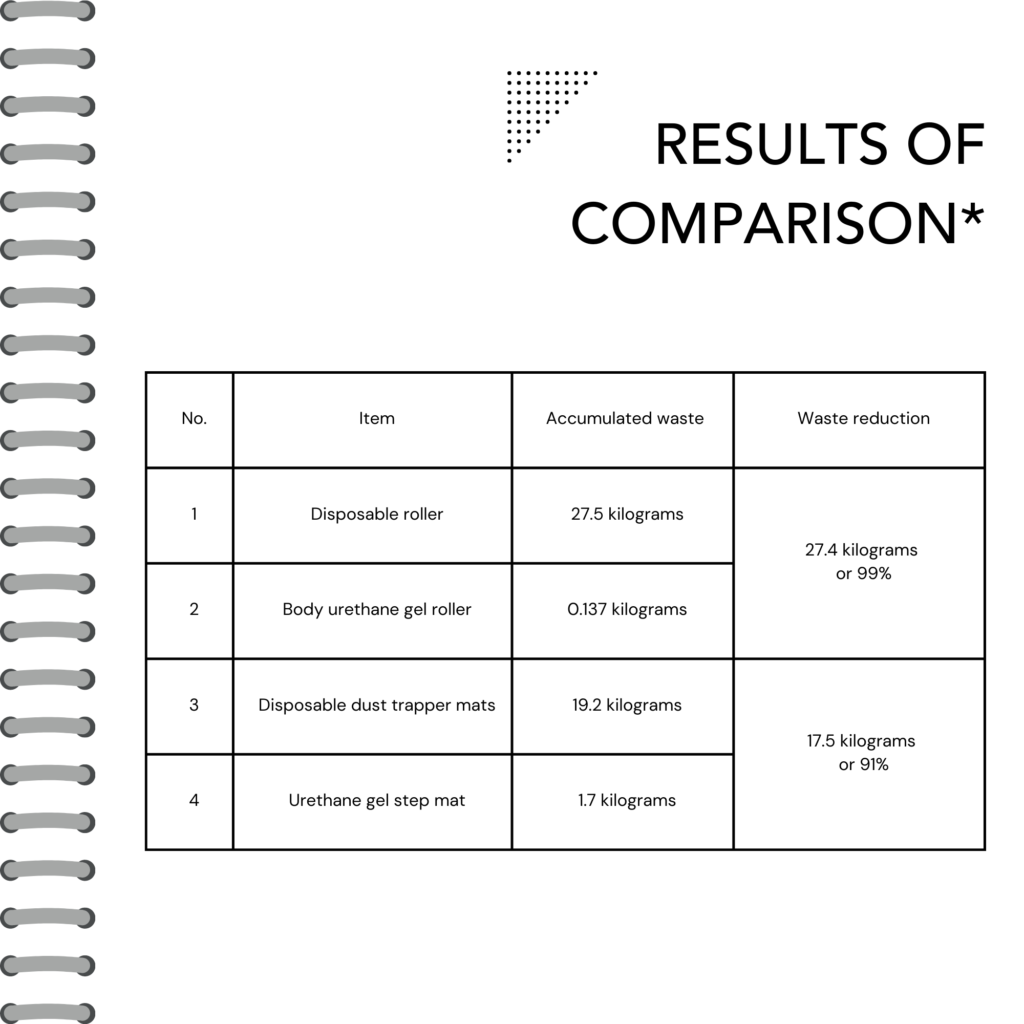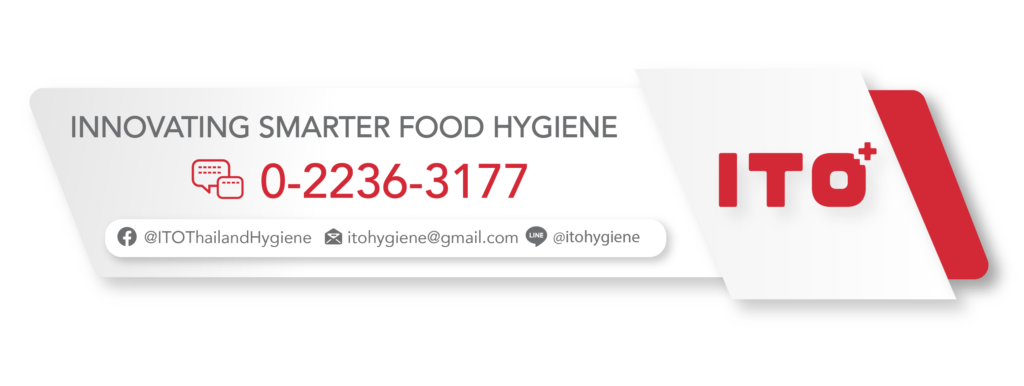ITO Thailand Hygiene Blog
Challenge of waste management for sustainable food industry
How can we develop a sustainable organization for the future and future generations? One of the solutions may be to start with managing waste and waste in the organization as its impact may be more far-reaching than you think.
Sustainability is often the subject of discussion for today’s people in planning for the future for future generations, including in the food industry. In the previous article, we covered the origins importance, and examples of adaptations to make the food industry more sustainable, such as change of the type of packaging, development of new raw material sources, and energy and resource management, etc.
Waste management in food supply chain
One of the sustainability policies for food industry organizations often involves waste management, whether it is improving the production process to reduce waste, processing, or reselling waste to other industries, such as the extraction of functional substances, oil extraction, use as biofuels or animal feed, etc. In the case of the downstream food industry, such as retail stores, consideration may be made on adjusting order volumes and increasing efficiency in warehouse management in line with actual consumer demand to reduce the amount of expired products, including sales promotions to maximize the benefits. As for restaurants, they may consider more environmentally friendly packaging, menus that align with the amount of ingredients and food from sustainable raw materials, etc.
In addition to the waste from food raw materials, waste from equipment and tools that employees must use and dispose of regularly is also another important factor that affects the amount of waste of the organization. This is especially regarding equipment for good hygiene in food production such as plastic gloves, masks, hair nets, paper rollers, dirt trapper glue sheets. These are used regularly and generate substantial waste.
Effects of agro-industry waste
•Cost of production and organizational resources
These disposable tools are a huge production cost. Especially in the case of a large number of employees, sufficient tools must be provided for the employees as well. In addition to the amount of money that must be spent to purchase the tools, the management of storage to store large quantities of tools must also be considered. Also, to be taken into account are the disbursement and procurement processes, disposal after use to avoid cross-contamination to food, including the cost of transporting waste for disposal which will increase according to the volume or weight of the waste generated.
•The environment
The waste disposal process in Thailand still has issues with the efficiency of the proper disposal. Reusing, fermentation using biological methods, use as fuel in standard incinerators, and landfills cannot support the total amount of waste generated. This causes issues of improper waste disposal, such as open burning or stoves that do not meet pollution management standards and unlawful garbage disposal. Every year, there is still the amount of waste that cannot be disposed. In 2021, the amount of solid waste that was incorrectly disposed of was 7.81 million tons, and 7.50 million tons of residue (1). Some waste that cannot be disposed of and is improperly disposed of may affect the environment, such as the behavior of wildlife and birds that have changed the natural way of foraging for food to digging through garbage. There is a chance that these wastes may contaminate water, sea, ocean, affecting aquatic animals. For example, aquatic plants cannot grow because the waste float on the surface of the water. The aquatic animals then eat garbage because they think it is prey. Some waste may get wrapped around the animals, causing them to be unable to move normally and die.
Therefore, in addition to waste separation to allow waste that can be made use of to have the opportunity to get out of the waste cycle, and separation of wet waste that can be eliminated by biological methods, reduction of other waste at the source is another sustainable way to help the environment and to preserve other lives in the global ecosystem as well.
•Humans’ health
In addition to effects on the animals, plastic waste that contaminates the sea may dissolve into micro and nanoparticles called microplastics and nano plastics, which are small enough to infiltrate human cells and affect health. The ways in which humans are most exposed of these tiny plastics are eating contaminated seafood or drinking water that contains these plastics, including eating other ingredients such as sea salt, sugar, honey, etc. The consequence is the risk of cancer and malfunction of various organ cells (2). Therefore, the issue of waste that cannot be disposed of properly will eventually find its way back to the humans.
Waste reduction innovation case study
Since waste reduction is a relatively important issue for sustainability, many innovations have been developed to reduce waste in the food industry. For this article, we would like to raise a case study of replacing glue rollers and disposable dust trapper mats with reusable dust rollers and dust trapper mats to reduce waste generation while maintaining the usual standards of preventing contamination from employees.
⇒Conditions of comparison
•2-year period
•Working days are 20 days/month
•Reusable urethane gel dust trapper can be reused for 2 years.
•Comparison of samples 1-2 and 3-4
* This information is based on the given comparison conditions only.
If you are interested in comparing waste reduction conditions and reducing the cost of buying these products, you can contact us for the calculation of the cost-effectiveness and the replacement break-even period using your actual data for environmental sustainability.
Reference
1.https://thaimsw.pcd.go.th/report1.php?year=2564
2.Shams, M., Alam, I., & Mahbub, M. S. (2021). Plastic pollution during COVID-19: Plastic waste directives and its long-term impact on the environment. Environmental advances, 5, 100119.
Related Post
-
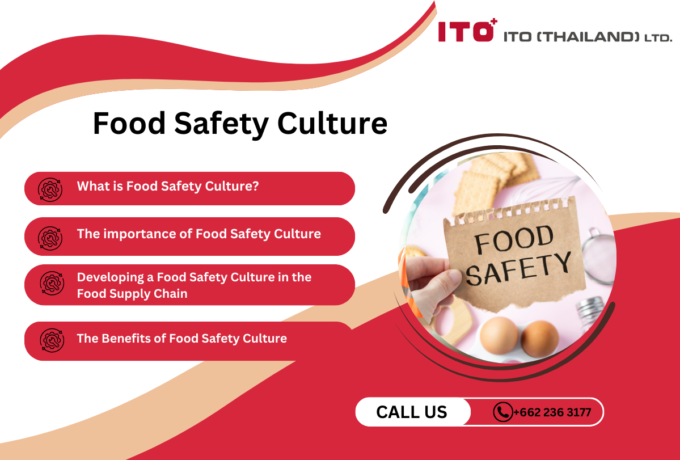
Food Safety Culture
Food safety culture plays a crucial role in safeguarding the company's reputation, ensuring the well-being of its employees, and providing a safe experience for its customers.
-

New food source safety issues
What are safety issues worth knowing for trendy new food sources like plant-based and insect-based proteins?
-

British Retail Consortium (BRC) Standard
Food safety management systems play a vital role in ensuring the production and distribution of safe and high-quality food products to consumers. With the global food supply chain becoming increasingly complex, food businesses must implement effective systems prioritising safety, quality, and compliance with industry standards. A food safety management system encompasses a set of procedures, processes, and controls designed to identify, prevent, and manage potential hazards at every stage of the food production and supply process. This proactive approach not only safeguards consumers' health but also protects the reputation and credibility of food companies in an ever more competitive market.
-
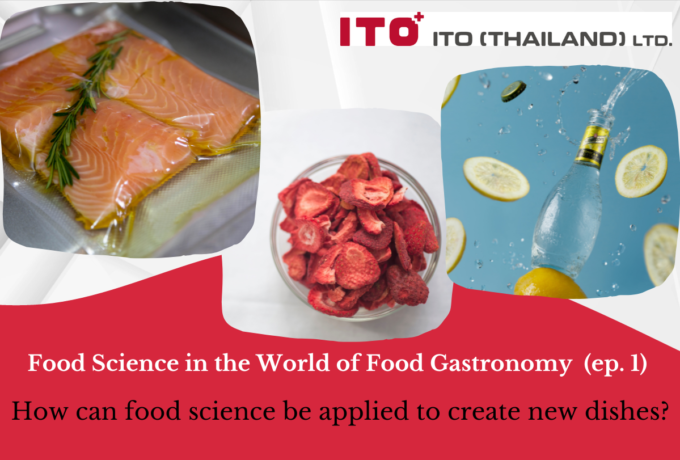
Food Science in the World of Food Gastronomy (Part 1)
How can food science be applied to create new dishes?
-

FSSC 22000
Food manufacturers must ensure food safety standards and processes. FSSC 22000 is an official certification program for Food Safety Management Systems (FSMS) recognised by the Global Food Safety Initiative (GFSI). This certification scheme offers a set of guidelines and procedures to ensure uniformity, openness, and safety across your entire supply chain. It applies to all companies operating within the food and beverage industry, ranging from farmers to retailers. By fulfilling the necessary criteria and obtaining FSSC 22000 certification, it is demonstrated that the required standards for food quality and implementing effective processes to manage and mitigate risks associated with food fraud, foodborne illnesses, expensive recalls, and other external threats are met.
-

Food Safety Aspects of Artificial Sweeteners
Artificial sweeteners, also known as sugar substitutes, non-nutritive sweeteners, or high-intensity sweeteners, are artificially produced compounds utilised in place of sucrose (table sugar) to add sweetness to food and drinks. Due to their significantly higher sweetness than regular sugar, only a fraction of artificial sweeteners (200 to 20,000 times less) is required to achieve an equivalent level of sweetness. Since the caloric contribution of these sweeteners, when used in such small quantities, is insignificant, they are often referred to as non-nutritive (4).








